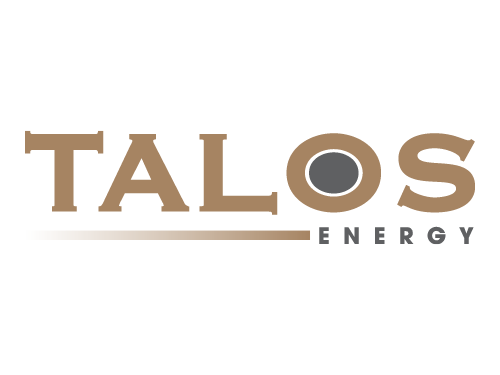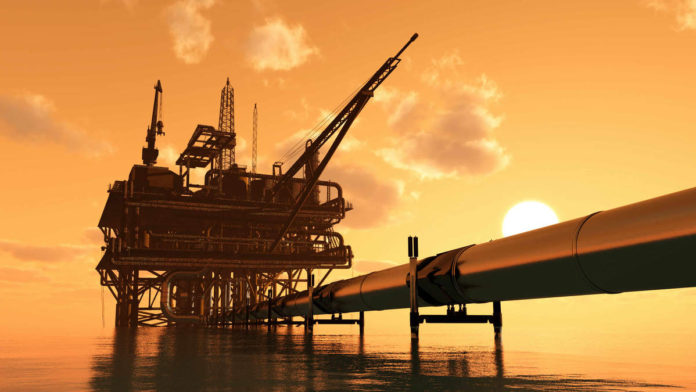When you think of oil production, do you think of rich sheik’s out in the middle east? Or maybe you think of the multi-national conglomerates like BP, ExxonMobil, or ChevronTexaco that discover, obtain, produce, refine and distribute oil and gas. Such foreign and integrated companies do in fact produce the lion’s share of America’s oil and gas but are not the only source of such energy. Much of the oil and gas produced in America comes from small independent, often times family owned, producers. Let’s take a look at these smaller businesses that are having a large impact on America’s energy demands.
Industry Segmentation
The oil and gas industry is divided into three major segments known as the upstream sector, the midstream sector and the downstream sector. The upstream sector is comprised of exploration and production (E&P) companies that search for potential underwater and underground crude oil and natural gas fields. The midstream sector focuses on the transportation, storage, and wholesale marketing of crude and refined oil and gas products. Midstream operations can sometimes include elements of their upstream and downstream counterparts. Companies in the downstream sector concern themselves with refining crude oil, processing raw natural gas, marketing and distributing the products derived from crude oil. The downstream sector serves consumers with an array of products such as petrochemicals, lubricant, kerosene, jet fuels, diesel oils, asphalt, natural gas, and of course gasoline.
What is an Independent Oil and Gas Company?
Big oil and gas companies like Royal Dutch Shell and BP are considered integrated oil and gas companies because they utilize upstream and downstream operations. Independent oil and gas companies, conversely, have either upstream or downstream operations but not both. Independent oil and gas companies generate most of their revenue from production at the wellhead, with no refining or marketing aspects in their business plan. For tax purposes, an independent oil and gas is defined by the IRS as any independent with refining capacity of less than 75,000 barrels a day or retail sales of less than $5 million per year. Independent oil and gas companies come in different sizes ranging from large publicly traded companies to smaller closely held corporations.
Independent Oil and Gas Company Facts
Do not let the size of independent oil and gas producers fool you, these operators have a huge impact on our nation’s economy. There are roughly 9,000 independent oil and natural gas companies in the United States operating in 33 states and offshore. These independents produce 54% of the nation’s oil and 85% of nation’s natural gas. These “small” companies are responsible for providing jobs to 4 million American’s and make up 4% of the United States’ gross domestic product. According to the Independent Petroleum Association of America, Independent producers have payed $131 billion dollars in state and federal taxes.

Why Independents are Good at What They Do
The key to independent producer’s success is the speed in which they are able to respond to markets demands. While integrated producers of oil and gas are bogged down by “analysis paralysis”, independents are nimble and often have more direct lines of communications internally. Changing the direction of an integrative oil and gas company can be like changing the course of the Titanic. But independent companies, can scale their operations or shift their strategies based on environmental discoveries, market prices, and technological evolutions.
Another key to the success of Independent oil and gas companies all over the nation is their ability to effortlessly integrate different roles within their fields. Where giant integrated producers may have exploration, finance and marketing divisions, integrated producers seamlessly do it all. Such a comprehensive approach to the industry allows those running integrative companies to make complete and informed decisions.
Offshore Success
Independent oil and gas companies have an ever-increasing stake in the Gulf of Mexico and Gulf Coast regions. Nearly 30% of the offshore oil production in the Gulf of Mexico is done by independent companies. One 2009 report found that independent offshore producers generated more that $38 billion dollars in state and federal royalty and revenue payments that year. This offshore production is also helping create American independence from international energy sources.
Up close and Personal with Talos Energy
For any independent producer to find success in the diverse and competitive energy field, they must possess two key ingredients: Strong Leadership and Intelligent Assets. One such company that possesses such components is Talos Energy. Talos just went public this year through a reverse IPO and merger with Stone Energy Corporation. The company was founded and is led by CEO, Mr. Tim Duncan. From the companies founding in 2012 to the going public in 2018, Mr. Duncan has demonstrated the strong leadership necessary for success in the field. Besides being the company’s fearless leader Mr. Duncan is an active member of the Society of Petroleum Engineers (SPE), Independent Petroleum Association of America (IPAA) and National Ocean Industries Association (NOIA).
Talos is also building an impressive catalog of intelligent assets through intuitive purchasing and innovative optimization. This list includes: The phoenix field which was hit hard by Hurricane Rita now produces 16,000 barrels a day because of Mr. Duncan’s ingenuity; the Zama-1 field which was successfully spudded by Talos in 2017; Tornado II and Rampart, two newly discovered opportunities for near-term growth. The future is bright for America’s independent oil and gas producers like Talos, and the extent of this success has yet to be defined.
Connect with Talos Energy on LinkedIn




